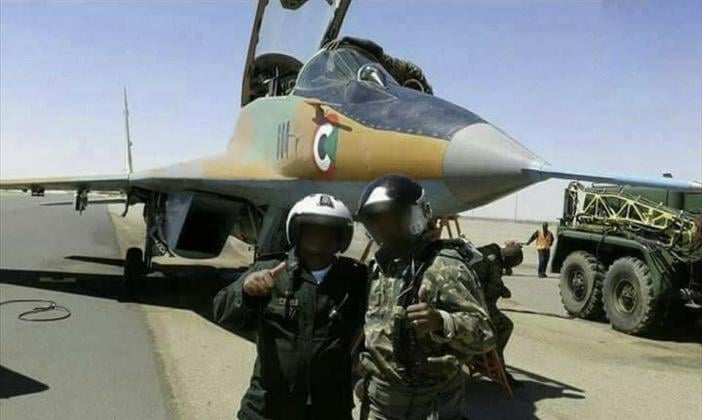Unraveling the Mystery of the Emirati Transport Jet: Insights into Its Role in Recent Military Operations
In an era marked by intricate geopolitical dynamics, the transport capabilities of nations play a pivotal role in shaping military operations and strategic alliances. Recently, the United Arab Emirates (UAE) captured international attention, albeit under rather perplexing circumstances, following an incident involving the downing of an Emirati transport aircraft. While the specifics of the aircraft type remain shrouded in ambiguity, speculation abounds regarding its intended use and the nature of its cargo.
Media reports confirm that the UAE possesses U.S.-built C-17 Globemaster III cargo jets, a formidable asset known for their extensive operational capacity. These jets can transport oversized cargo and large numbers of personnel, making them invaluable to military logistics. However, the thought of using such a large transport aircraft purely for ferrying 40 elite mercenaries raises questions about operational efficiency and the potential necessity of additional equipment or supplies that they might have transported alongside them.
More pragmatically, one might ponder whether a Lockheed Martin C-130J Super Hercules would have been a more suitable choice for the mission, given its well-established track record for tactical airlift missions and personnel transport in diverse environments. Renowned for its versatility, the C-130 can operate from austere airstrips, facilitating the movement of troops and supplies closer to combat zones. Such characteristics could enhance the efficiency of transporting a contingent of mercenaries, particularly if they were equipped with extensive gear necessary for their tasks.
Nevertheless, one of the most pressing questions remains: What type of aircraft was downed, and what was its specific mission? While the details are scant, it is crucial to understand the broader implications of military engagements in the region. The UAE’s involvement in various conflicts, most notably in Yemen, highlights its dedication to regional security and its strategic interests. The reemergence of mercenary groups in conflict zones fuels concerns regarding the methods of warfare used in modern conflicts, wherein anonymity and distance can shield state actors from accountability.
Adding to this complexity, the transportation of mercenaries raises ethical queries regarding the privatization of warfare. The increasing reliance on private military contractors has often blurred the lines between state and non-state actors, creating an ambiguous moral landscape where accountability is frequently diluted. This trend raises questions about the role of such soldiers in conflicts — are they agents of state policy or independent entrepreneurs seeking profit?
Beyond ethical implications, the logistics and operational components surrounding the downed jet symbolize a pivotal juncture in contemporary military strategy. As nations like the UAE navigate an increasingly volatile geopolitical landscape, their choices in terms of military resources reveal much about their strategic priorities. The reliance on sophisticated aircraft and elite forces can indicate an ambition for enhanced power projection, while also reflecting a commitment to rapid-response capabilities in diverse theatres of conflict.
Moreover, the ongoing tension in the Persian Gulf and the changing dynamics of Middle Eastern geopolitics add further layers to the discourse surrounding military transport and operations. The interplay of alliances, threats, and resources creates a complex tapestry where nations must continuously reassess their approaches. For the UAE, which has been expanding its international military footprint, choosing the right aircraft and operational strategies is vital for their continued influence in the region.
In conclusion, while the downing of an Emirati transport jet has become the focal point of inquiry, it is but a singular event reflecting much larger motifs within military operations and international relations. The intricacies of aircraft types, operational capacity, and ethical considerations of employing mercenaries converge to shape the discourse around modern warfare.
As the global community seeks a clearer understanding of these developments, it remains to be seen how this incident will influence not only the UAE’s military strategy but also the broader geopolitical landscape of the Middle East and beyond. As more information surfaces, the implications of this operation could resonate far beyond the immediate region.
Tags: #UAE #BusinessNews #PeopleCultureNews

